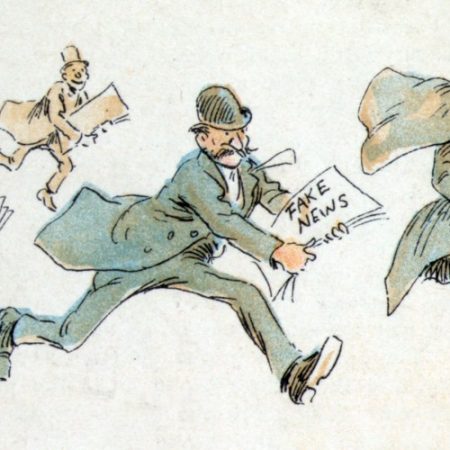There are a lot of accusations today about who is fake news and who isn’t.
The easiest way to solve this is to have an independent body that reviews news articles for a media organization. They can accredit them and give them a badge to display that they are a factual source and publication of record.
I would propose a simple system where 100 articles are randomly selected and reviewed for what single paragraphs invoke emotionally. You could have reviewers look at them that are paid as well as the general public and react with a set of pre-selected options.
This would result in knowing if the majority of people believe there is a bias in writing. Examples would be something like the below (made up) paragraph:
Mr. Johnson was arrested yesterday for the murder of a 13 year old girl. The mother of the victim said that “He’s a monster! I hope he rots in prison forever!”
If this is the introduction to the article, you will conclude that Mr. Johnson is the murderer since the parents believe that. You would most likely select it makes you some form of upset or wanting justice.
If the paragraph were written as the below two separate paragraphs, you’d have a neutral reaction to both, most likely.
Mr. Johnson was charged with murder in the first degree yesterday and is being held pending bail. As it is early in the case, it is unclear what information will continue to arise in this case of a 13 year old girl’s murder. Mr. Johnson has stated, through his lawyer, that he is innocent of the charges as presented.
One person who is seeking justice is the mother of the victim. She believes that Mr. Johnson has committed the crime. Mrs. Smith, the mother of the victim, is not a witness to the crime and it is believed she has the same information as this publication. Mrs. Smith told reporters “he’s a monster! I hope he rots in prison forever!”
If you are a factual source and publication of record, you should be able to take the time to write a piece that strives to not state things that are in dispute. You can convey the same information, but it requires ensuring that the reader doesn’t come away with a conclusion.
Belief perseverance is a big problem. If you paint with your headline or your first few paragraphs a picture that leads to a conclusion, most people will read the rest of the article looking to confirm that initial conclusion.
Due to this, it is important to be excessively careful in the first paragraphs not to create a bias or a belief about the topic.
